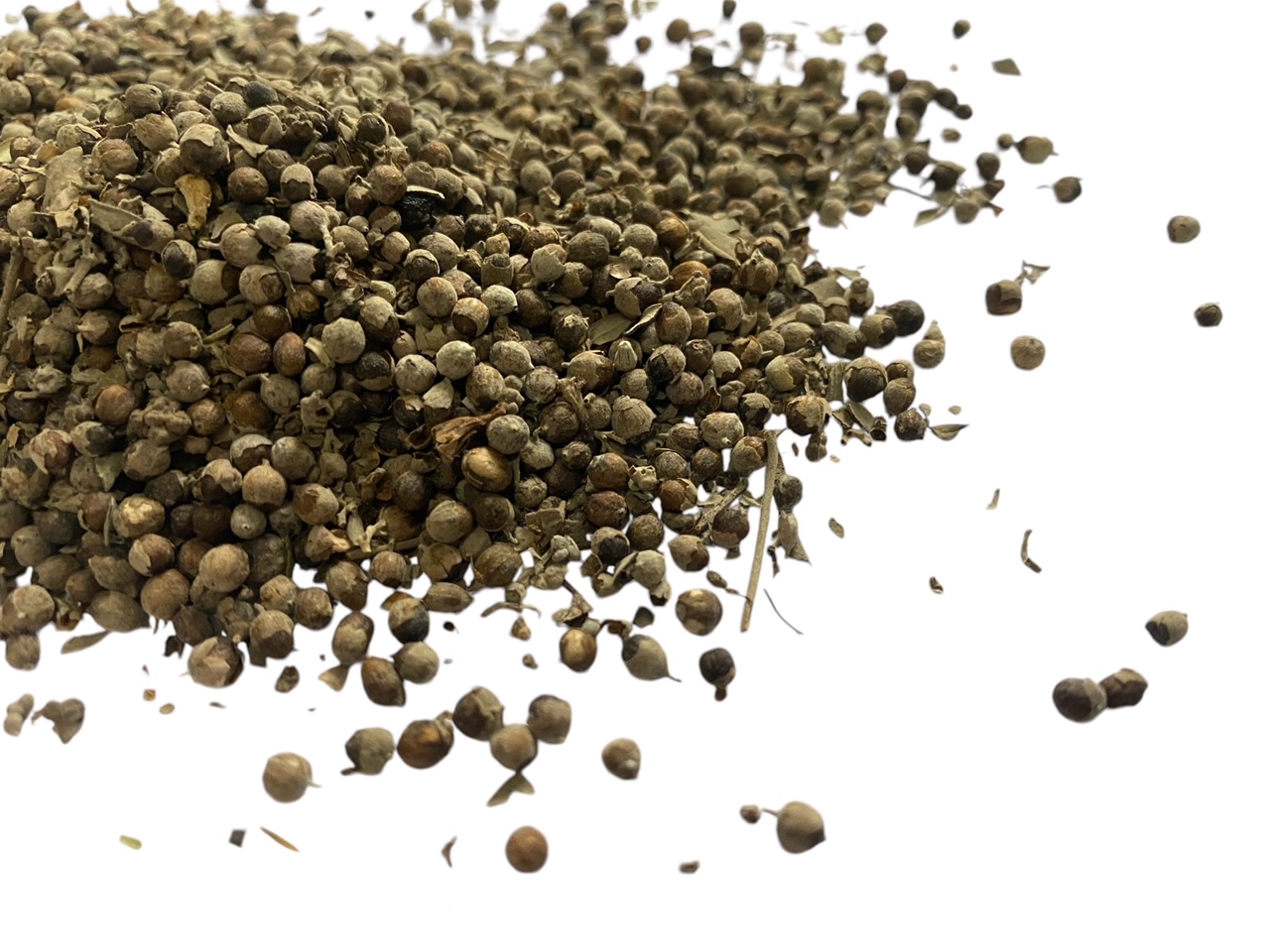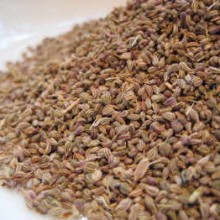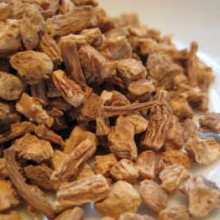Lesser Periwinkle Herb (Vinca minor in this case) is also sometimes called lesser periwinkle, common periwinkle, small periwinkle, Creeping Myrtle or dwarf periwinkle and is a native to Central and Southern Europe but is now cultivated in almost all temperate climates around the world.
The colour named Periwinkle is named after the flower’s startling blue hue but there are also pink versions abundantly available.
Traditional Uses for Lesser Periwinkle Herb:-
It is generally used to increase oxygen and blood flow to improve cognitive function and is also used to alleviate depression, the irritation of tinnitus and minor problems associated with menopausal symptoms. It is an astringent herb with a bitter or acrid taste.
Externally, and without the toxic implications of internal use, an infused oil or ointment can be made from the herb and applied directly for dermatitis, eczema, acne, bleeding gums, nosebleeds, mouth ulcers, and bleeding haemorrhoids.
Constituents of Lesser Perwinkle Herb:-
Vinca minor contains more than 50 different alkaloids and vincamine is the molecule responsble for the plant’s nootropic acivity.
Other alkaloids include reserpinine, majdine, reserpine, ervine, vinerine, vineridine, vincamajine, vincanine, tombozine, vincmone, apovincamine, vincaminol, vincorine, perivincine, and desoxyvincaminol
The name Vinca is derived from the latin ‘vincire’, meaning to bind about or fetter based on its trailing habit.
Both Vinca Minor and Vinca Major are thought, by some, to be poisonous however this isn’t true. They belong to the Dogbane family which is toxic and Vinca Major is often confused with Madagascan Periwinkle ( Catharanthus rosea formerly Vinca rosea ) which does contain alkaloids used in chemotherapy. It is important that should you wish to use this herb, however, you do so under proper medical supervision or consult a professional herbalist





